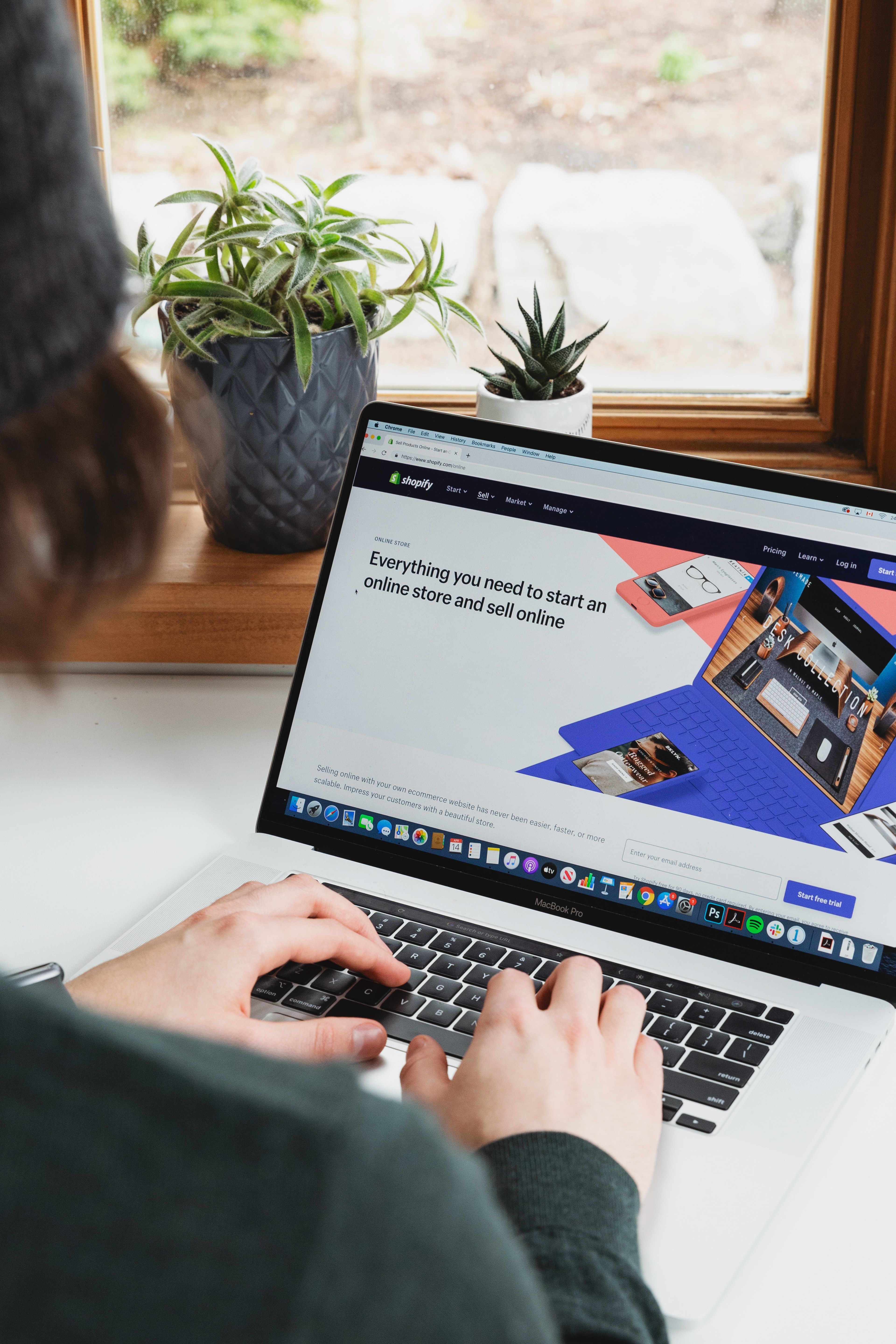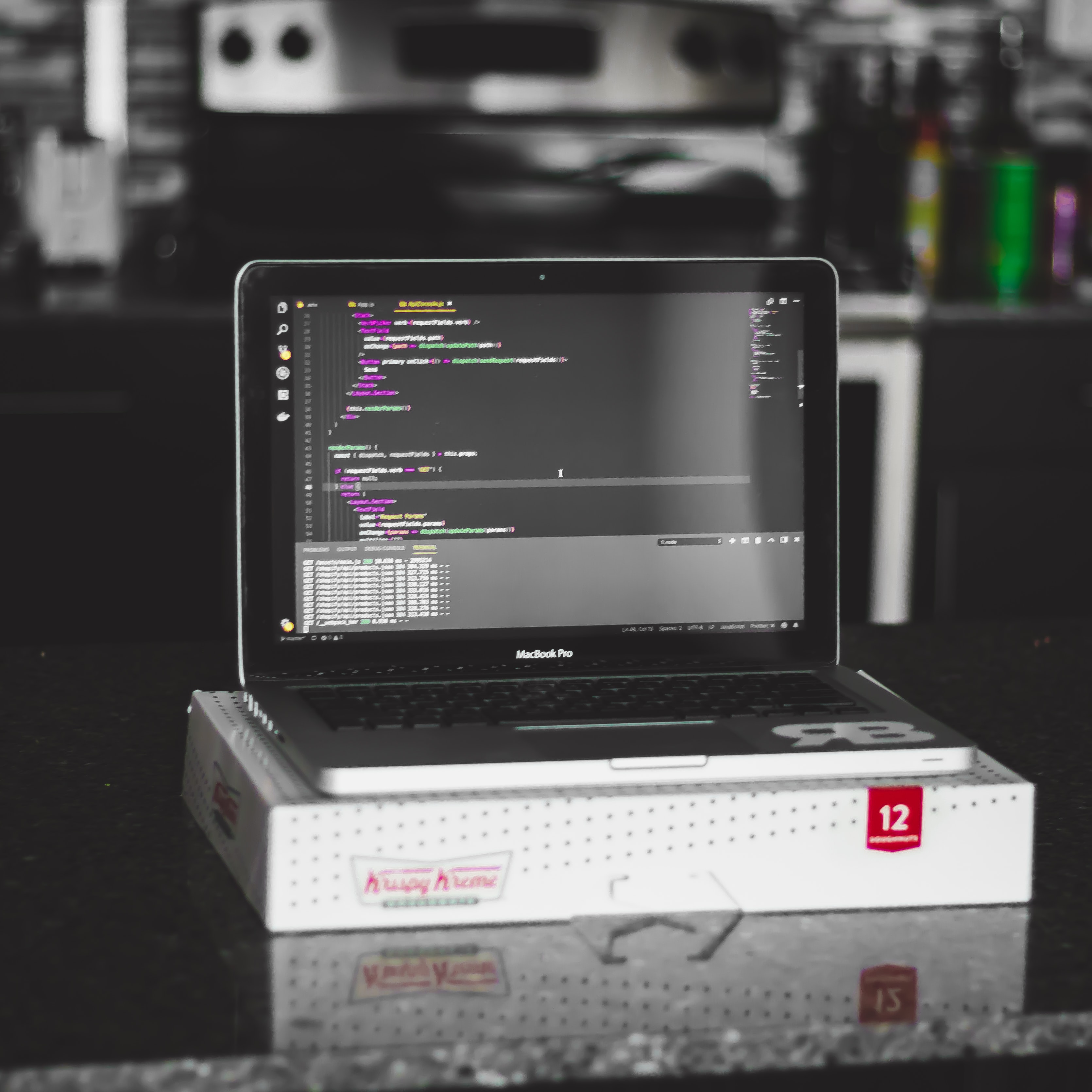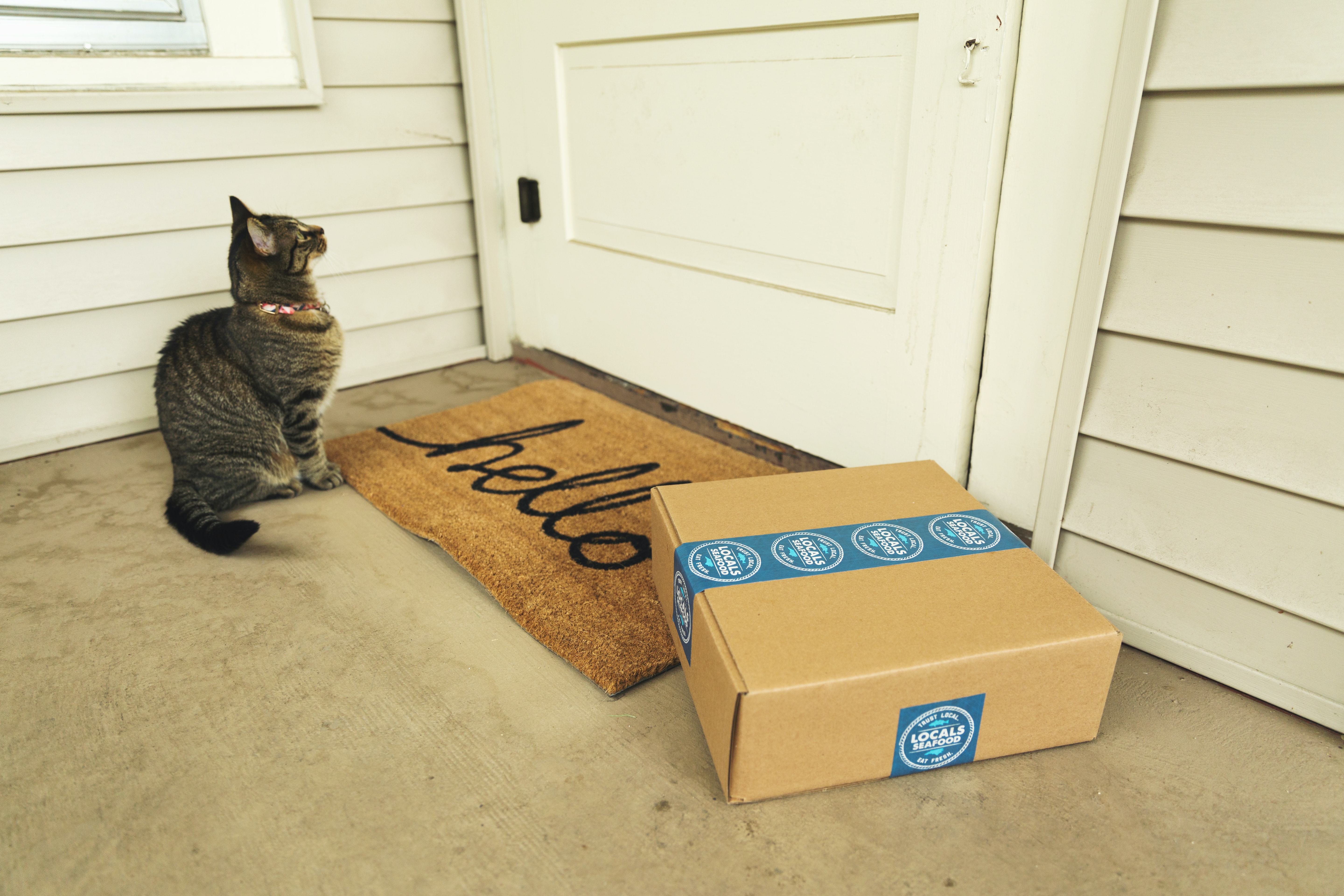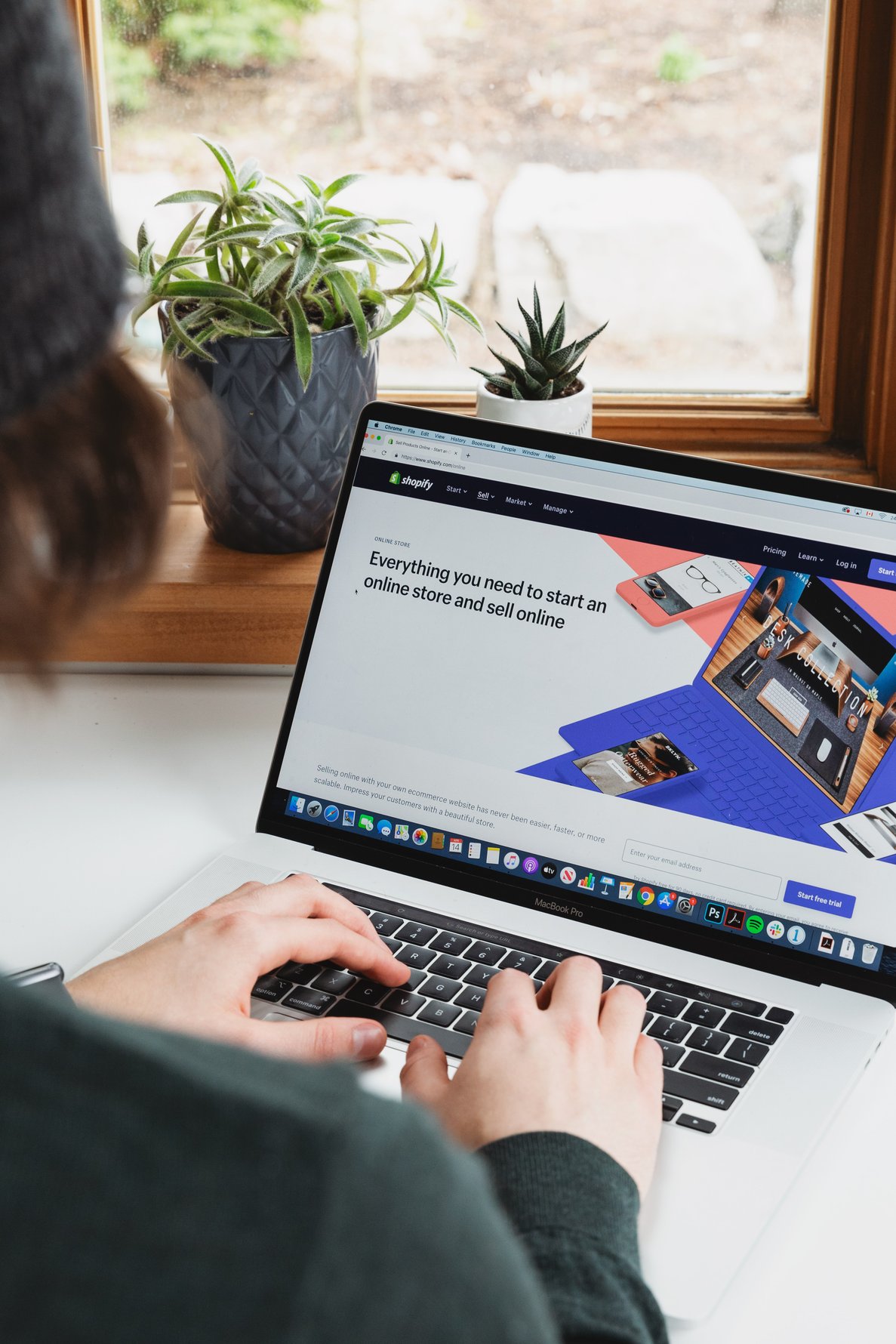For fledgling entrepreneurs, some of the world’s most valuable brands, and hundreds of thousands of companies in between, Shopify has proven to be a formidable weapon on the multi-trillion dollar battleground that is online retail.
With its combination of simplicity, versatility, and scalability, Shopify is a worthy consideration for any eCommerce business. The SaaS platform has seen astonishing growth since its 2006 inception and currently powers websites in 175+ countries around the globe.
At SkuNexus, we design distributed order management software to integrate and work with the eCommerce Shopify platform. Here, we will look at the fundamentals of building a Shopify online store, then discuss the ins and outs of Shopify re: inventory management, order fulfillment, and 3PLs.

Shopify Store Development Explained
While it is certainly possible to build a basic Shopify store very quickly, advanced sites require a more thorough and purposeful course of action. This involves customization and app integration best left to professional web developers.
Shopify Theme Store
A theme determines the way that a Shopify online store looks, feels, and functions for merchants and their customers. Selecting one is a necessary first step in the process.
Shopify themes are built using Shopify's theme templating language, Liquid, along with HTML, CSS, JavaScript, and JSON. Using these languages, Shopify developers can create any look and feel that their clients want, and a range of tools and best practices will help accelerate the development process.
Shopify App Store
A Shopify app extends the existing functionality of the platform. To tailor experiences to specific needs, store owners use Shopify apps to help build their business, integrate with external services, and add features to their Shopify admin.
Thousands of apps are available, offering a nearly limitless range of options. From automating marketing to aggregating customer service to managing subscriptions, Shopify apps can be leveraged to provide merchants with a remarkable array of solutions.
Custom app development and the ability to install paid apps are also viable considerations.
Shopify Development Store
As opposed to the theme and app stores, where software products can be selected/purchased, a development store is instead a vehicle for a developer to test apps, themes, or for our purposes, to build a Shopify store on behalf of a client.
When you create a development store for a client, you have the option to enable a developer preview. A developer preview gives early access to new features of Shopify so that a developer can build and test apps against upcoming features before they're released to merchants.
While building and testing a development store, an unlimited number of test orders can be processed, and you may create an unlimited number of development stores. That said, development stores are not without limitations. Only free and partner-friendly apps may be installed, and orders may not be tested using real transactions through active payment providers.

Introduction to Shopify Inventory Management
As designers of inventory management software, we spend a great deal of time thinking about things like raw materials, finished products, stock levels, and inventory control. However, for an eCommerce business selling on multiple channels, working to fulfill orders, and worrying about customer satisfaction, rigorous inventory management can sometimes lag behind.
In Shopify inventory management, basic functions track inventory per individual listing (not by batch, serial number, expiration date). This may be ideal for businesses with simple product flow but is ineffective if they begin to grow. The amount of manual labor involved adds time to the process rather than saving it, and companies with complex workflows will most likely find this to be a significant hindrance.
Shopify also does not allow certain product types (alcohol, for example). This forces a merchant to offer those items on a different eCommerce platform altogether and inventory problems can ensue.
Perhaps most serious of all, Shopify’s built-in POS app allows merchants to keep selling products in a physical store even when they have run out of stock, because it assumes they have the inventory on hand. This lack of stock sync can cause chaos in even a moderately robust eCommerce environment.
Fortunately, several Shopify inventory management apps provide critical tools for maintaining command over inventory spread across multiple locations. The advantage a coherent and well-managed inventory management system (IMS) provides will have a profound impact across any eCommerce merchant’s entire enterprise.
SkuNexus IMS addresses Shopify’s issues in this area in the same way it does with other eCommerce platforms — by seamlessly integrating, automating information flow, and continually syncing data throughout the network in real time.
Shopify & Order Fulfillment
With a powerful Shopify order management system (OMS) working in concert with the eCommerce platform, fulfillment can be handled in any number of ways. Shopify’s multichannel integration allows it to receive sales orders from a multitude of sources. These orders are then pulled into a central OMS which directs where they will go for fulfillment and what method(s) will be used to complete the process.
Order Routing
Determining where an order should go for processing and sending it there is order routing in a nutshell. For early-stage eCommerce retailers, this can begin as a very easy decision. However, as a business grows, generally both its breadth of inventory and possible processing locations do, too.
An OMS should have the ability to go through what is known as “waterfall” decision-making. This highly-efficient automated system identifies priorities and directs orders based on a continuing series of data points (customer location, inventory availability, dropshipping options, etc.).
Order Fulfillment Processes
Once the order has been routed to the correct location, unless it has been designated as BOPIS (Buy Online Pickup In Store) or click + carry (aka curbside pickup), it needs to be picked, packed, and shipped. These three component processes form the basis of fulfillment.
- Picking involves locating & retrieving the proper quantities of each item to complete the order.
- Packing involves placing the item(s) and any necessary insulating materials/documents into the proper parcel.
- Shipping involves selecting a carrier, applying a shipping label, and transferring the parcel to that carrier for delivery to the customer.
The best shipping apps for Shopify can help save money, time, and increase revenues. They provide instant access to real-time (and discounted) rates and delivery times with all carriers in one place, automate nearly every step of the shipping process, batch print labels, etc.
Order Tracking
The overwhelming majority of online shoppers do not consider what happens after they place an order. Where it was routed, picked, and packed is largely immaterial. They do care deeply about when it will be delivered, however. Customers expect to receive a notice/tracking number/tracking URL once the order has been shipped and be able to follow it all the way to their door.
Order tracking is necessary for the merchant, as well. Well-executed order management means knowing where the order is at any point in the cycle and seeing it through to delivery. Any issues that arise in shipping will ultimately need to be addressed by the online retailer.

Shopify & 3PLs
While outsourcing fulfillment to a 3PL, either partially or fully, does not drastically change the process of order management — the order simply gets routed to the 3PL — the third-party logistics industry is vast enough that it demands its own brief discussion in relation to Shopify.
For review, when a merchant assigns fulfillment to a 3PL, its inventory is stored at one or multiple fulfillment centers. When an order is received, it is picked, packed, and shipped. And, if an order is returned to a 3PL center, they handle the reverse logistics of processing items back into inventory.
A plethora of Shopify 3PL apps exist, and determining the best fulfillment services for Shopify is open to debate. The best Shopify fulfillment service providers should work with you as partners and offer a broad range of solutions. These can include:
- Affordable two-day shipping.
- Custom packing slips to improve brand strength even through delivery.
- Seamless inventory management based on your customer data.
- 100% guaranteed order accuracy.
- Omnifulfillment - The ability to fulfill sales across different marketplaces (Amazon, eBay, your Shopify store).
Beyond features, however, other criteria should be taken into consideration. Specific expertise in your industry, existing clients similar to your own business, and broad geographic reach are all extremely valuable attributes for a relationship as important as this one.
The management software systems we build at SkuNexus seamlessly integrate with the Shopify eCommerce platform to synchronize inventory, optimize order processing, and automate fulfillment.
If you would like to learn more about our solutions and what they might do for your business, please schedule a demo.




